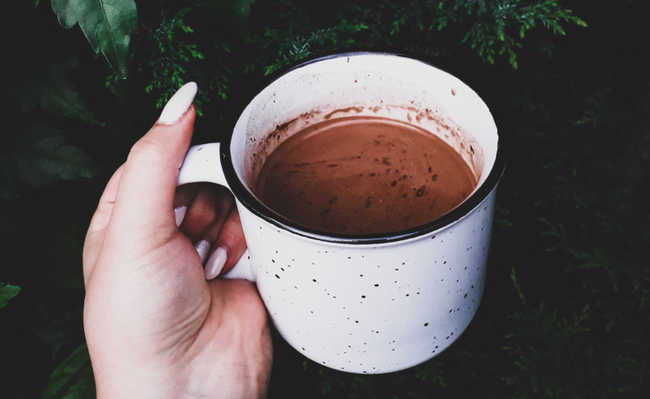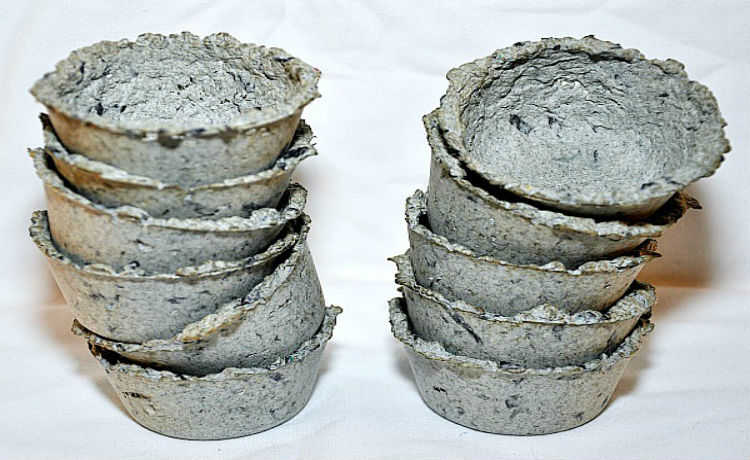Beans: benefits, contraindications and how to do it
Beans are climate-friendly food and good for the heart. But it also has contraindications

Edited and resized image of Milada Vigerova, is available on Unsplash
Beans is a popular name for legumes such as carioca beans, black beans, white beans, red beans, peas, chickpeas, lentils, fava beans, among others that belong to the family. Fabaceae. But it is more common for this term to refer to Rio beans and black beans, which are the most consumed in Brazil.
- Scientifically Proven Chickpea Benefits
They are native to Central and South America, having been first cultivated thousands of years ago. Beans are an excellent source of protein, B vitamins, carbohydrates, fiber and essential nutrients such as iron and calcium. The carioca bean, scientifically classified as Phaseolus vulgaris, if mixed with rice, provides all the essential amino acids (proteins) that the body needs.
- Easy and tasty leftover rice recipes
- Rice oil: good for hair, skin and general health
- Rice flour: benefits and how to make it at home
Another benefit of beans is that they are affordable, but could be even cheaper if Brazilians consumed more varieties. Find out why in the article: "Brazil needs to diversify consumption of beans, says Ibrafe".
One downside of this legume is that it can cause problems for some people, such as excessive gas. Understand:
nutritional properties

Edited and resized image by Kien Cuong Buio, is available on Unsplash
The nutritional profile of beans differs from one bean plant to another. However, on average, one cup (171 grams) of cooked beans, with salt, provides about:
- Protein: 15 grams
- Fat: 1 gram
- Carbohydrates: 45 grams
- Fiber: 15 grams
- Iron: 20% of the IDR (Recommended Daily Intake)
- Calcium: 8% of the IDR
- Magnesium: 21% of the IDR
- Phosphorus: 25% of the IDR
- Potassium: 21% of the IDR
- Folate: 74% of the IDR
- Significant amounts of vitamins B1 and B6; vitamin E; vitamin K; zinc; copper; manganese and selenium
That same amount of beans has only 245 calories, with a high protein content, making it great for a vegetarian diet.
- Benefits of being a vegetarian
Can help you lose weight
Beans can be one of the friendliest foods to lose weight. The amount of protein and fiber present in this legume provides satiety, reducing the impulse to ingest more calories (see studies about it here: 1, 2).
One study has shown that consumption of beans is associated with improved nutrition, lower body weight and reduced belly fat.
good for the heart
Heart disease is one of the leading causes of death worldwide. Interestingly, according to one study, eating beans and other legumes regularly can help reduce this risk.
A review of 26 studies found that a diet high in beans and other legumes can significantly lower LDL cholesterol, a major risk factor for heart disease.
Eating beans can also lead to improvements in other heart disease risk factors. Intake of this food has been associated with lower blood pressure, higher levels of HDL cholesterol (considered "good") and reduced inflammation (see studies about it: 3, 4).
Helps fight type 2 diabetes
There is also evidence that beans are a good food choice for diabetics, as they have a low glycemic index.
In one study, blood sugar, insulin, and triglyceride levels decreased significantly when diabetics ate beans as a substitute for red meat.
A review of 41 controlled studies also found that beans and other legumes can lower fasting blood sugar and insulin levels.
- Diabetes: what it is, types and symptoms
- What is the Glycemic Index?
It's climate-friendly
One food climate-friendly is one that has a reduced emission of greenhouse gases in its production chain. In general, most plant foods are like this. Very different from those of animal origin, which emit more gases in their production. According to one study, replacing beef with beans can significantly reduce greenhouse gas emissions. Learn more about this topic in the articles:
- Veganism is the most effective way to save the planet, experts say
- Reducing red meat consumption is more effective against greenhouse gases than not driving a car, experts say
- Intensive animal husbandry for meat consumption impacts the environment and consumer health
- Far beyond animal exploitation: cattle raising promotes consumption of natural resources and environmental damage on a stratospheric scale
- Cowspiracy: The Secret of Sustainability
- Publication links meat consumption to poverty and climate change
May contain toxins
Although healthy, beans can contain toxins that affect people who lack the G6PD enzyme. For them, eating beans can cause a disease called favism, a condition that can lead to the development of anemia due to the destruction of red blood cells (see studies about it here: 5, 6, 7).
Red beans, specifically, when raw or undercooked, can cause nausea, vomiting and stomach pain. In general, beans contain a substance called phytic acid, which can reduce the absorption of minerals such as iron and calcium. However, it is possible to reduce the absorption of these substances by soaking the beans overnight. This step even shortens cooking time, saving you time and gas.
- Iron deficiency anemia: what it is and what are its symptoms
- Pernicious anemia: symptoms, treatment, diagnosis and causes
- Megaloblastic anemia: causes, symptoms, diagnosis and treatment
- What is sickle cell anemia, symptoms and treatment
- Sideroblastic anemia: what it is, symptoms, causes and treatment
- What is hemolytic anemia?
May cause flatulence
For some people, beans can cause flatulence, stomach pain and abdominal bloating. This is due to the presence of sugars called oligosaccharides, which can cause digestive problems.
However, soaking beans overnight and cooking them thoroughly can reduce oligosaccharide levels by as much as 75 percent, according to the study. In addition, you can increase your intake of probiotic foods to decrease intestinal gas production.
One study concluded that the bean consumer's perception of flatulence may be exaggerated. Only half of people who eat beans experience these symptoms. Most of them can be avoided with the right preparation methods. Also, beans are a food climate friendly. Understand this theme better in the article: "If US residents exchanged meat for beans, emissions would be drastically reduced."
- How to make jackfruit meat
how to make beans
Ingredients (preferably organic)
- 2 cups of carioca beans
- Enough water to soak the beans
- 4 cups of cooking water
- 2 tablespoons of oil
- 1 tablespoon of flat salt (or to taste)
- 5 chopped garlic cloves
- 1 handful of chopped fresh parsley
- Ten Benefits of Garlic for Health
Method of preparation
Soak the beans in water overnight (about 24 hours) and preferably change the water once every 12 hours. Place the beans to cook in a pressure cooker with twice as much water and, after the pressure cooker has built up, let it cook for 25 minutes.
- Parsley: benefits and what is your tea for
- Parsley tea: what is it for and benefits
Meanwhile, brown the garlic in the oil and add the parsley until lightly browned. Once cooked, remove a scoop of beans from the pan and crush them with a fork. This step serves to thicken the broth, leaving it more full-bodied. Finally, return the crushed part to the pressure cooker, add the salt, the garlic and the sauteed parsley and mix. Okay, now you can serve!
If you prefer, you can also add red pepper, zucchini, bacon bits (a variety of bacon in a vegetable version), smoked paprika and cilantro as seasoning (following the step of sauteing in oil); adding the ingredients to the oil according to this order to obey the preparation time of each one.
Adapted from Healthline










